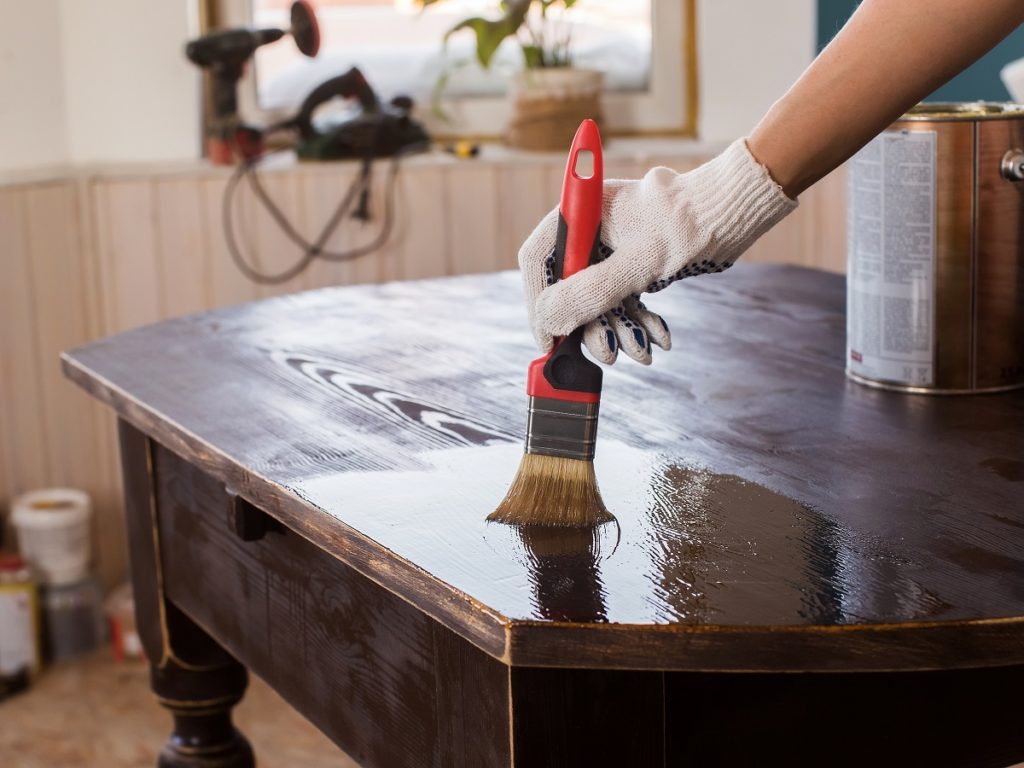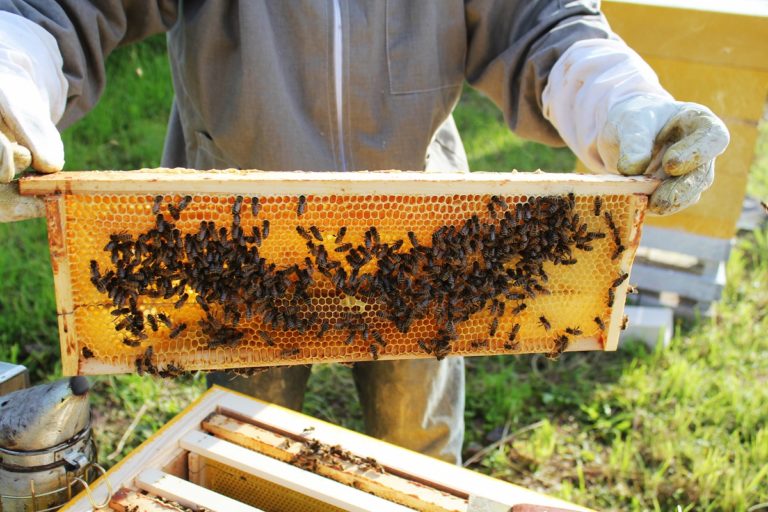Observing the construction of a house is rewarding. It’s amazing to see the work progress, from breaking the ground to make the foundation to watching the finishing touches being done. Seeing the final look of the house will be all worth it.
There may be some more work left inside. The garage floor will need an application of waterproof epoxy for concrete, and some of the rooms may need painting or wallpaper added. Surfaces may need applications of coatings that either enhance the aesthetics or have protective properties. These are substances that can make them shiny, seal gaps, or provide extra grip on the floor to avoid slippage. But did you know that some of those finishing products are of the organic variety? Here are two popular ones that, believe it or not, involve insects:
Shellac
One of the most famous products from insects is honey. It is delicious, but what it really is may shock some people. To put it bluntly, it is bee vomit. But it is quite acceptable, knowing that these buzzers thrive in a clean environment that is rich in plant life. And anyway, this will have to go through a few more stages of processing before you reach the final product in a jar.
At first glance, some resins will remind you of honey. You will recognize the color, which ranges from gold to dark amber. It is translucent and shiny. But did you know that this can also be produced from bugs? There is such a thing called shellac that is made from secretions of lac insects, more specifically the kerria lacca species.
When these insects feed on trees and plants, they leave secretions called lac. This is the rawest material that is used to create dyes, waxes, and resins. Production of shellac involves the processing of lac into dried flakes. This, in turn, will be the base material or ingredient of other products. The melted flakes mixed with other substances or chemicals can be turned into floor coating, construction resin, or nail polish. Shellac, unlike lacquer, is known to hold color while also providing a shiny finish.
Lacquer
 This is another product from the lac insect. How it differs from shellac is the chemistry around it. To make lacquer, the lac is mixed with a volatile organic compound (VOC). VOCs have a high vapor pressure, which means that they can evaporate in a quick manner even at room temperature. Compared to shellac, lacquer is used mostly to provide a finishing touch to a surface. It’s up to you whether you want it in a hard coating with a shiny or matte finish.
This is another product from the lac insect. How it differs from shellac is the chemistry around it. To make lacquer, the lac is mixed with a volatile organic compound (VOC). VOCs have a high vapor pressure, which means that they can evaporate in a quick manner even at room temperature. Compared to shellac, lacquer is used mostly to provide a finishing touch to a surface. It’s up to you whether you want it in a hard coating with a shiny or matte finish.
You will mostly see lacquer sold in hardware stores in a spray can form. For the best results, apply a layer by spraying in short bursts, going on a straight line each time until you cover the whole surface. Give about 30 minutes to one hour drying time between each layer. You can stop when you reach your desired look.
Who knew that nature’s little creatures can help you this much? It’s really great to know that you can achieve beautiful results with these organic coatings.




